Fashion
Evolution of Hair Extensions: Closures and Frontals

The hair and beauty industry has witnessed remarkable advancements over the years, with evolving trends that enhance both aesthetics and versatility.
One of the most significant transformations in hairstyling is the shift from traditional weave-on extensions to modern closures and frontals.

In the late 1990s, weave-ons were the preferred choice for women looking to add length and volume to their natural hair.
However, with contemporary innovations, closures and frontals have emerged as the new standard, providing a seamless, natural appearance while allowing for greater styling flexibility.
These hairpieces have become an essential part of hairstyling for various occasions, including weddings, parties, religious gatherings, and other social events.
Understanding Closures and Frontals serves the common purpose of enhancing hair volume and styling options while creating a natural-looking hairline.


They differ in structure, coverage, and styling versatility:
Frontals: A frontal is a hairpiece that extends from ear to ear, usually measuring 13 inches in width and 4 to 6 inches in depth.
It provides a full hairline and allows for diverse parting styles, offering the illusion of a completely natural hairline.
Frontals are typically sewn onto bundles or used to construct full wigs, allowing for maximum styling flexibility.
Closures: A closure is a smaller hairpiece, often measuring around 4×4 inches, and is placed at the crown or front section of the head. Unlike frontals, closures offer limited parting space, making them suitable for more defined and structured hairstyles.

However, closures are low-maintenance and provide a realistic finish that seamlessly blends with natural hair.
These innovative hairpieces offer a more seamless and natural look, elevating confidence and allowing for versatile styling options.
As the industry continues to evolve, closures and frontals remain a preferred choice for women seeking sophisticated, stylish, and convenient hair solutions.
By Georgina Boadiwaa Ntim
Fashion
Creativity and Craftsmanship Shine at Ghana Menswear Week 2025
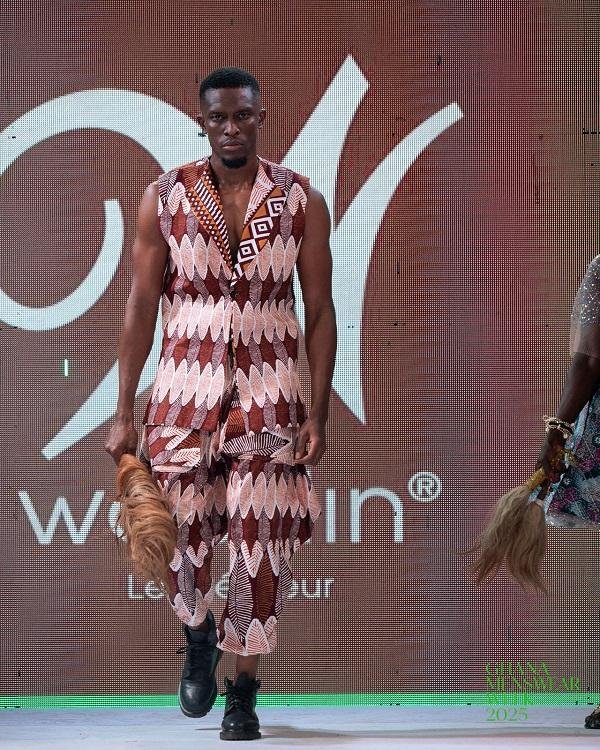
The World Trade Centre in Accra came alive from August 30–31 as Ghana Menswear Week 2025 showcased cutting-edge trends, creativity, and craftsmanship in men’s fashion. The annual event drew designers, fashion enthusiasts, and industry insiders from Ghana and beyond.
Now in its ninth year, the event—described by founder Nana Mensah as the “Men’s Fashion Olympics”—celebrates the innovation of African designers and the diversity of their creations.
This year featured a lineup of young designers including 97 Urban, The Ugly Youth, Larry Studios, Kwadwo Man, Dapper Jayden, Stylenique Siblings, and Ryker Collection/The Cap Culture, who captivated the audience with bold urban aesthetics and youthful energy.
A vibrant collaboration with Woodin Ghana added color and flair to the show. Designers Amonu Whyte and House of Micky used the brand’s iconic fabrics to craft a diverse range of stylish menswear pieces, blending tradition with modern creativity.
Ghana Menswear Week 2025 reinforced its reputation as a premier platform for celebrating African design, innovation, and craftsmanship, inspiring the next generation of menswear designers.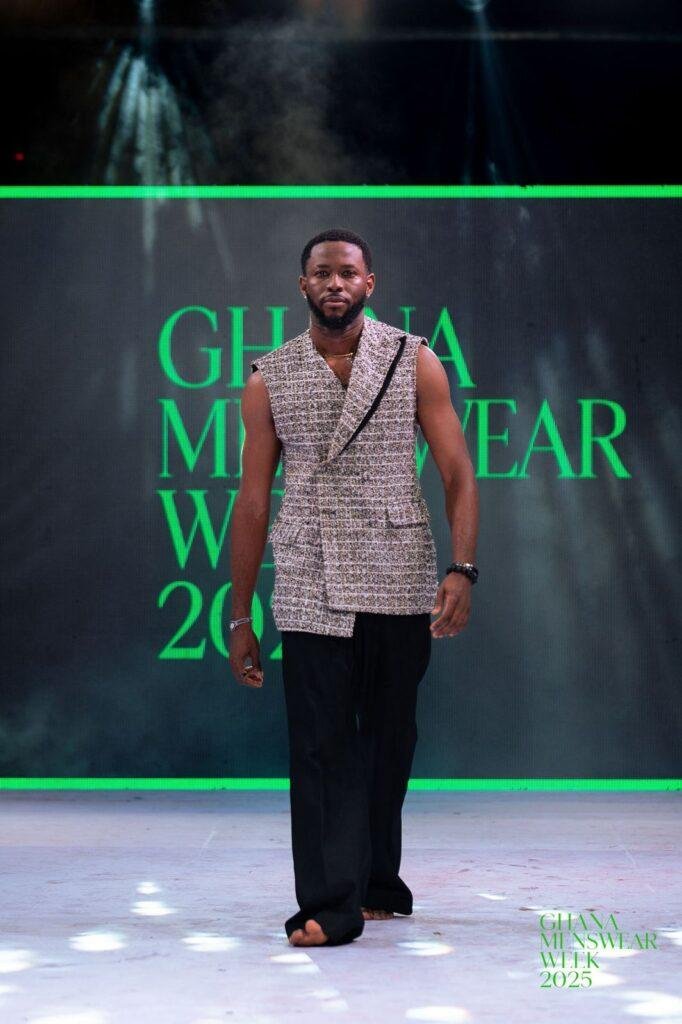
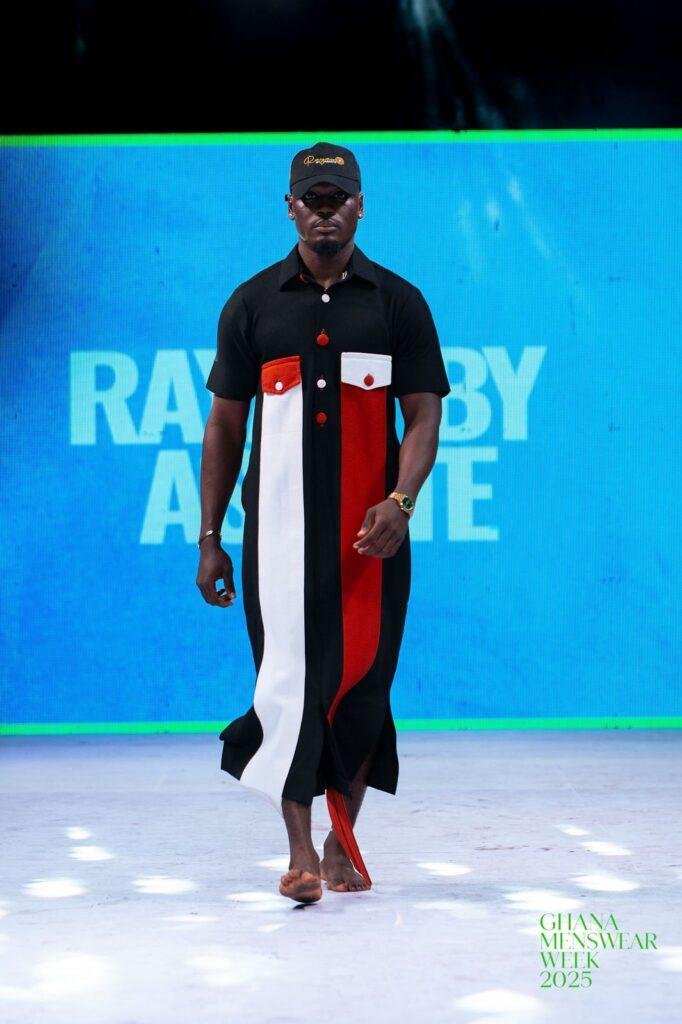
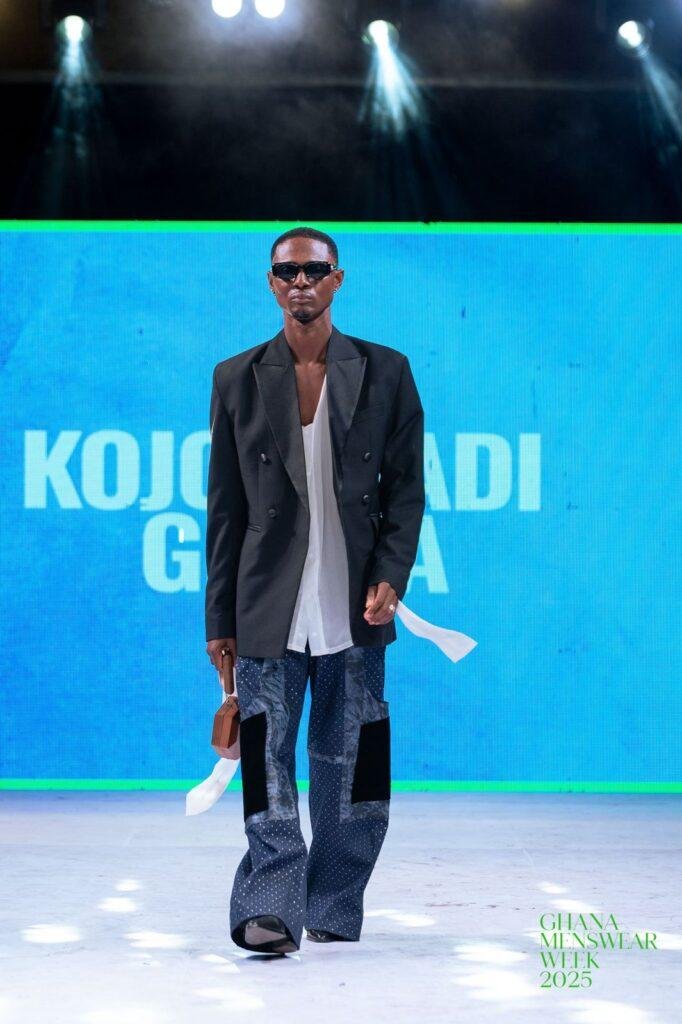
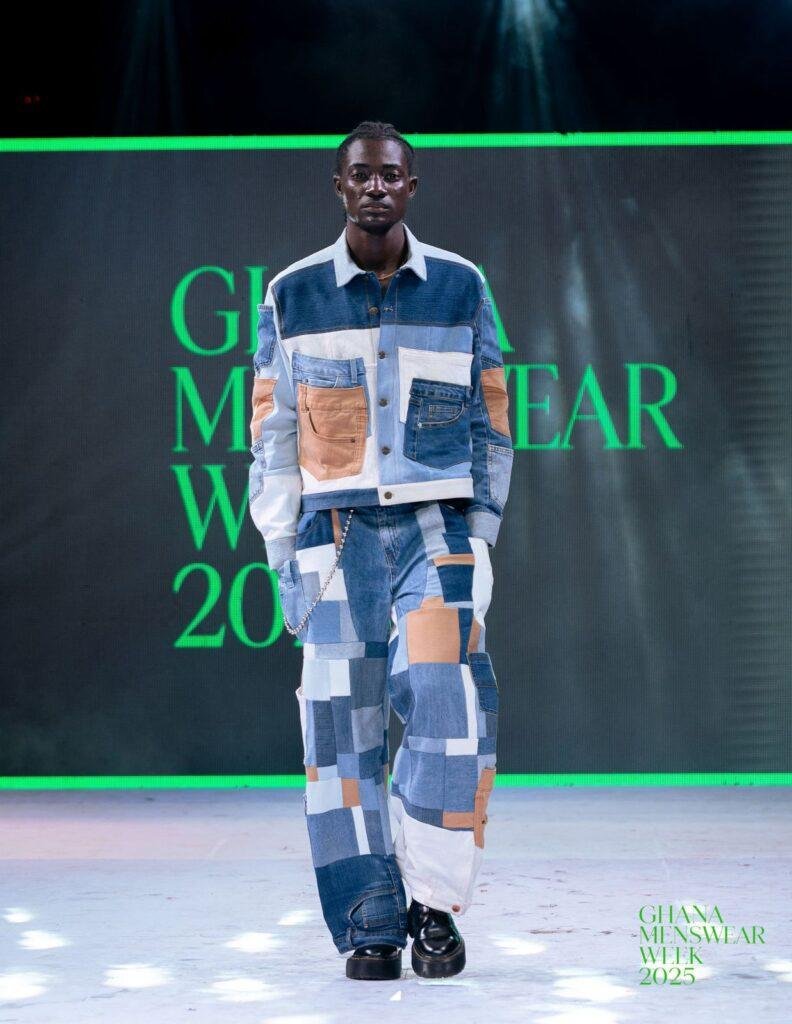
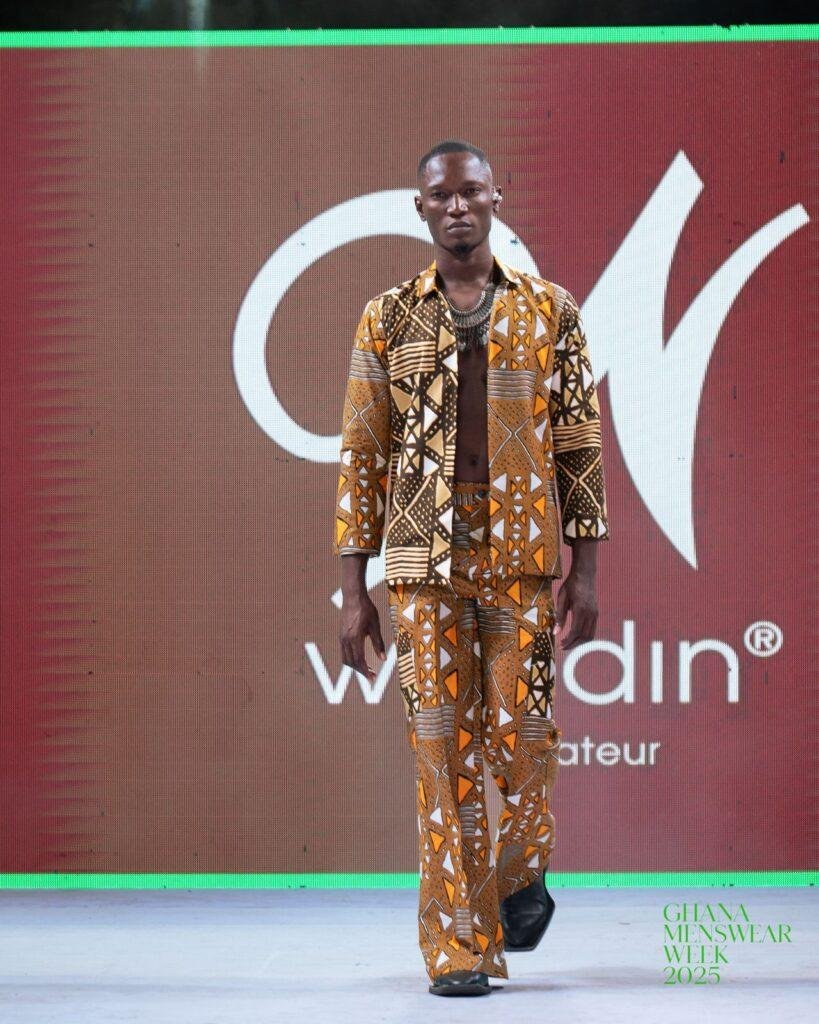
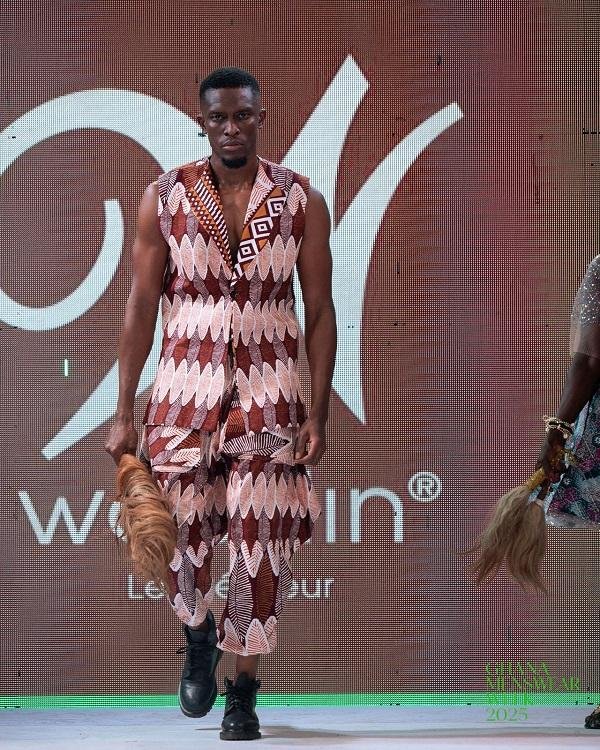
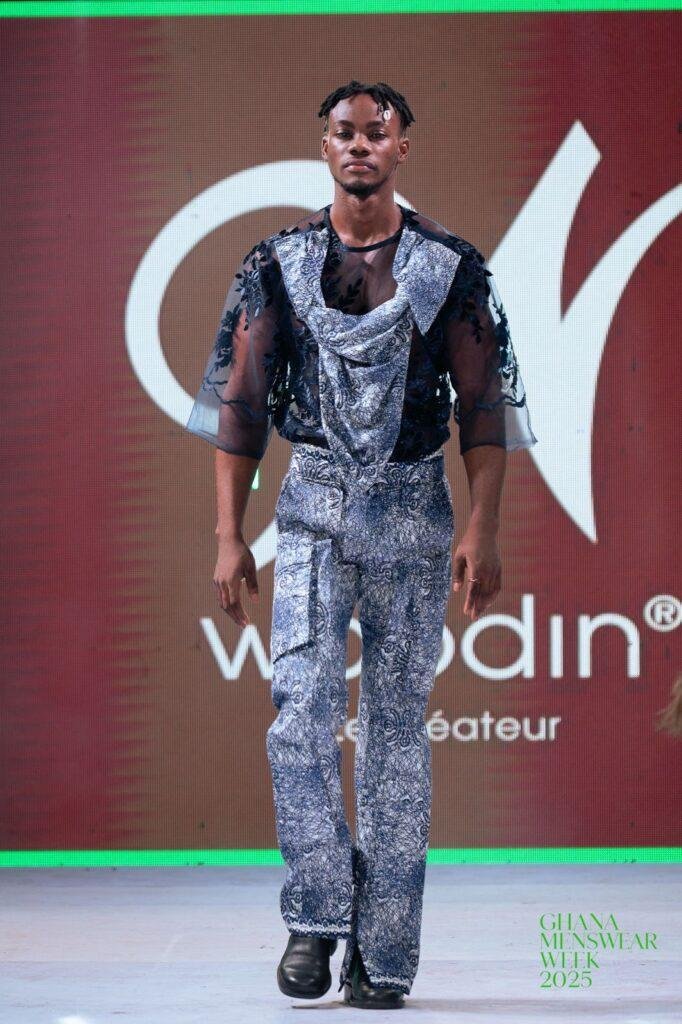
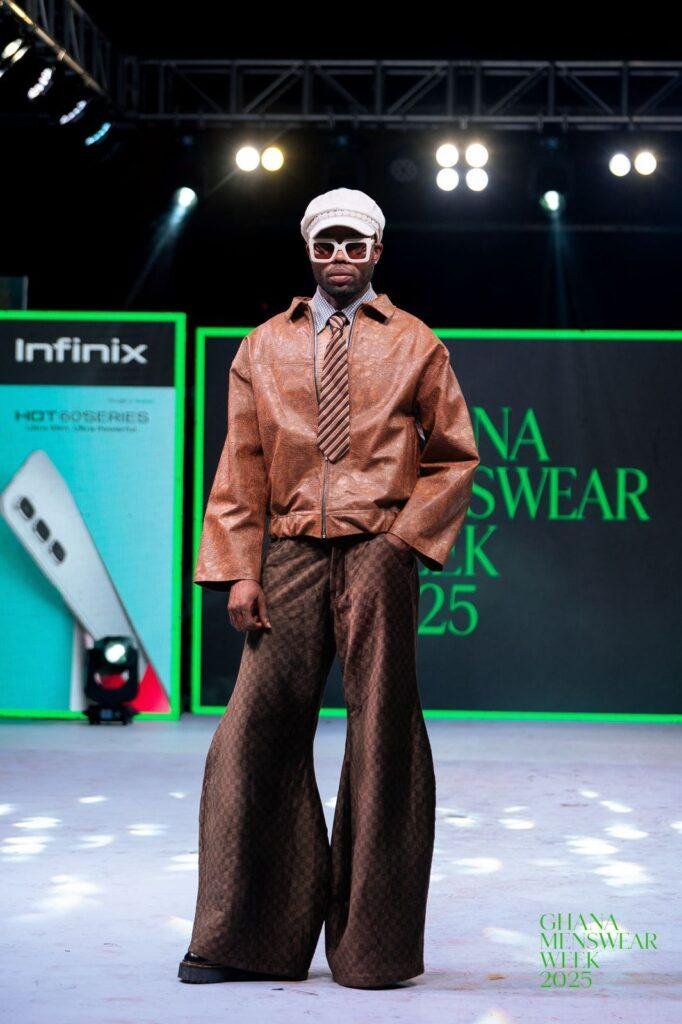
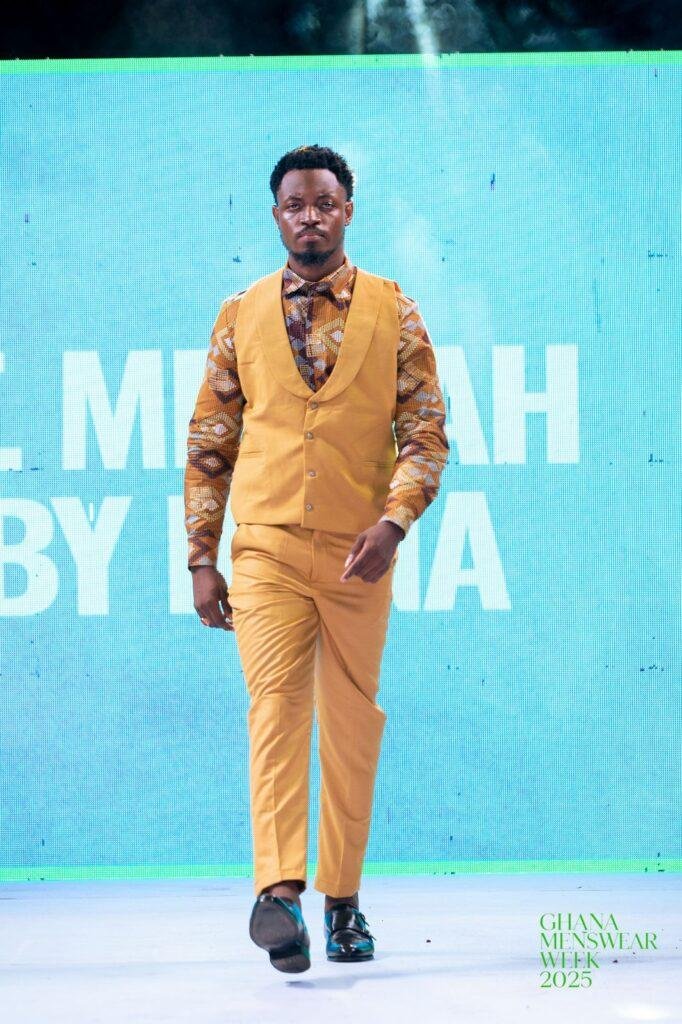
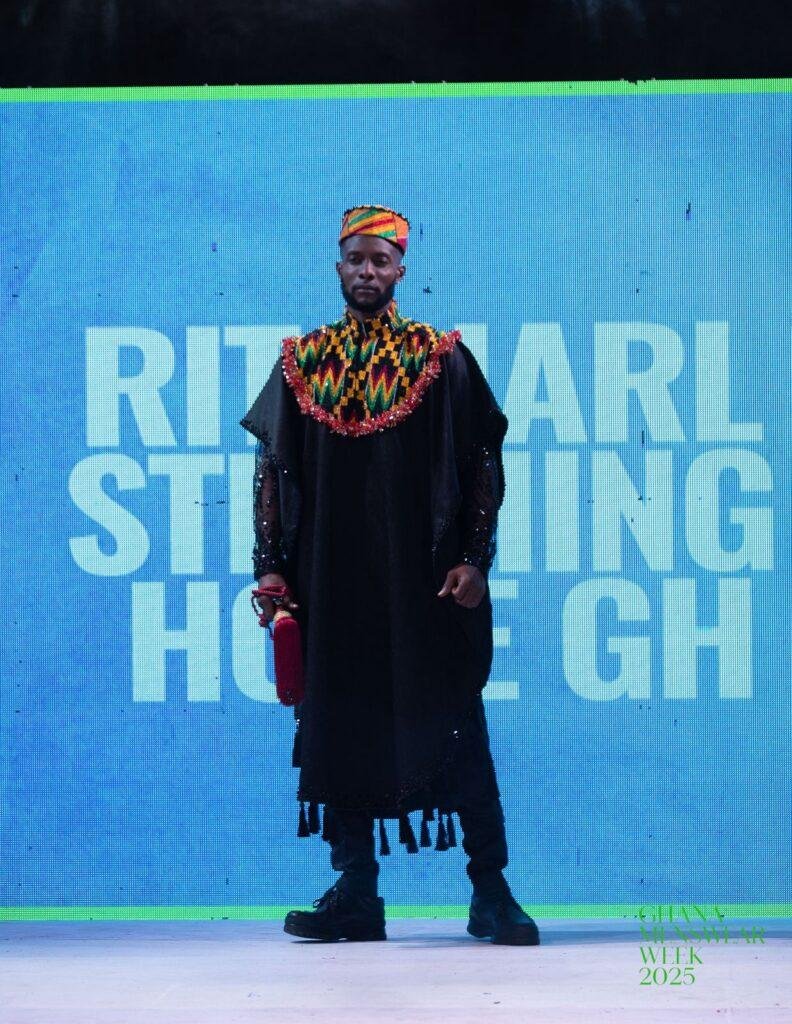
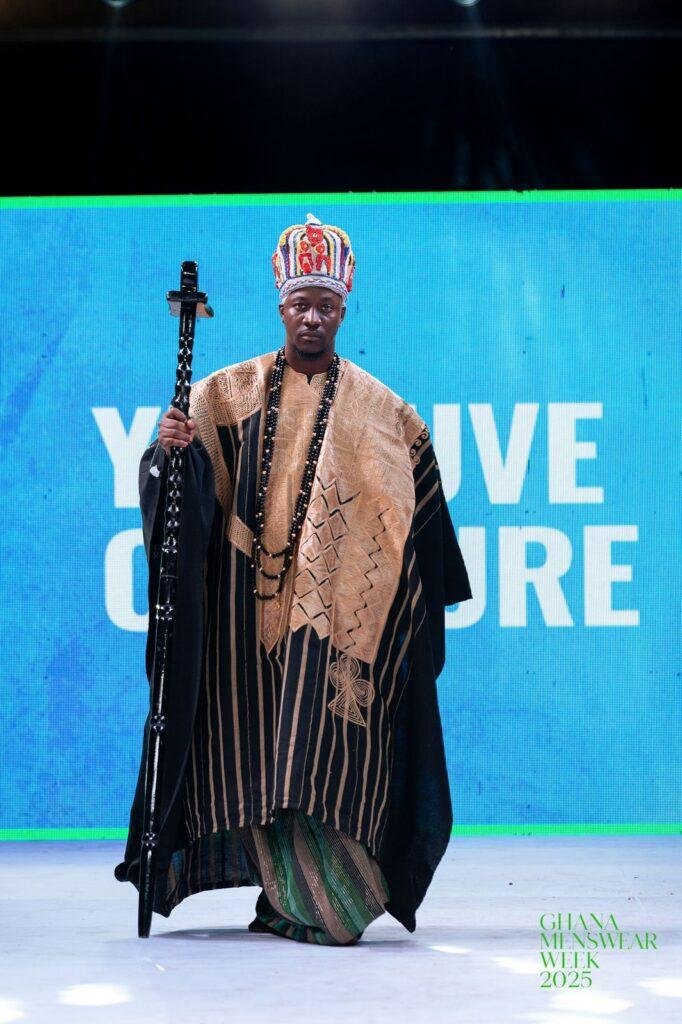

By Spectator Fashion Desk
Fashion
Cargo trousers: A timeless wear
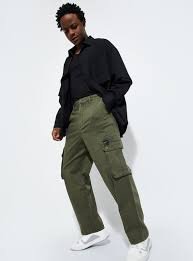
CARGO trousers, once for soldiers and outdoor workers, have become a symbol of both functionality and style in modern fashion.
The multiple deep pockets have made a comeback and a global street wear trend.
Today designers are reinventing cargo with slimmer cuts, lighter fabrics and vibrant colour to suit any outfit.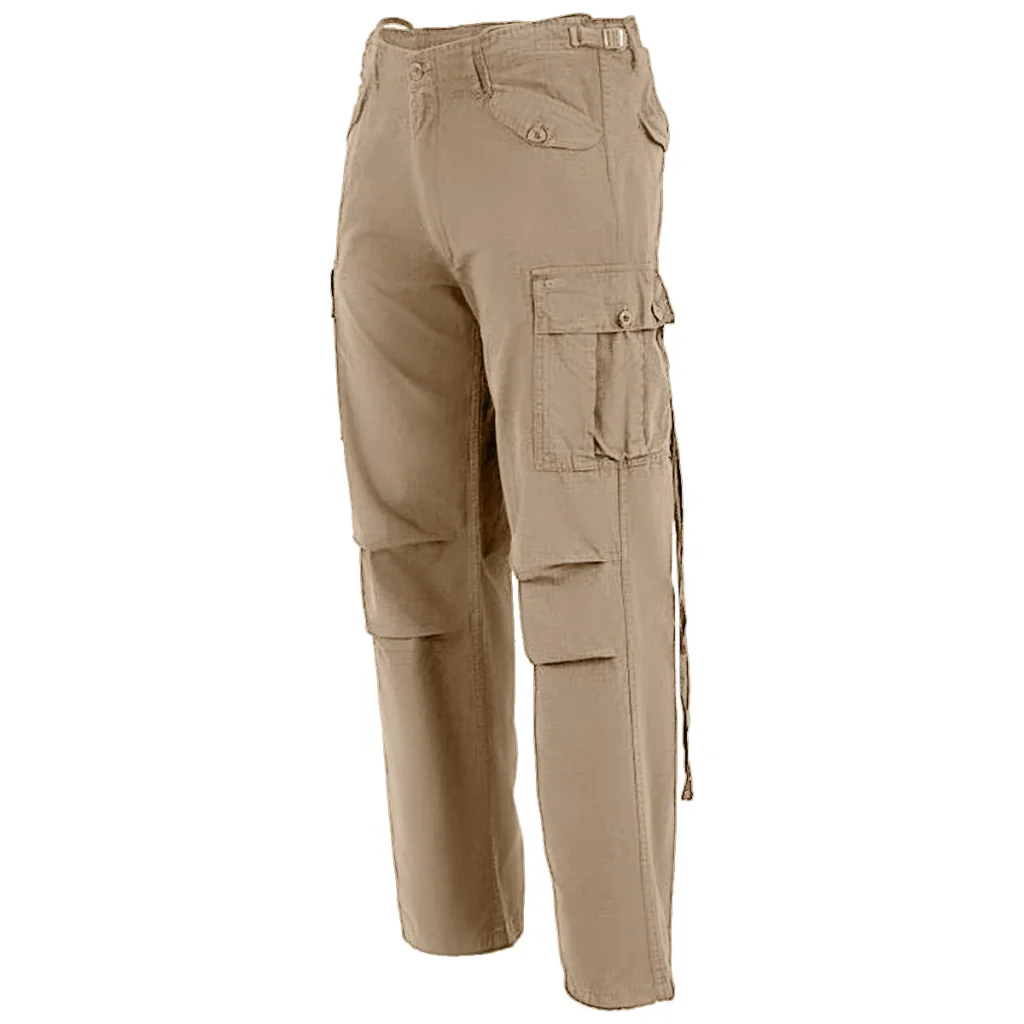
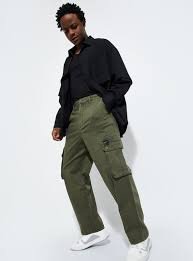
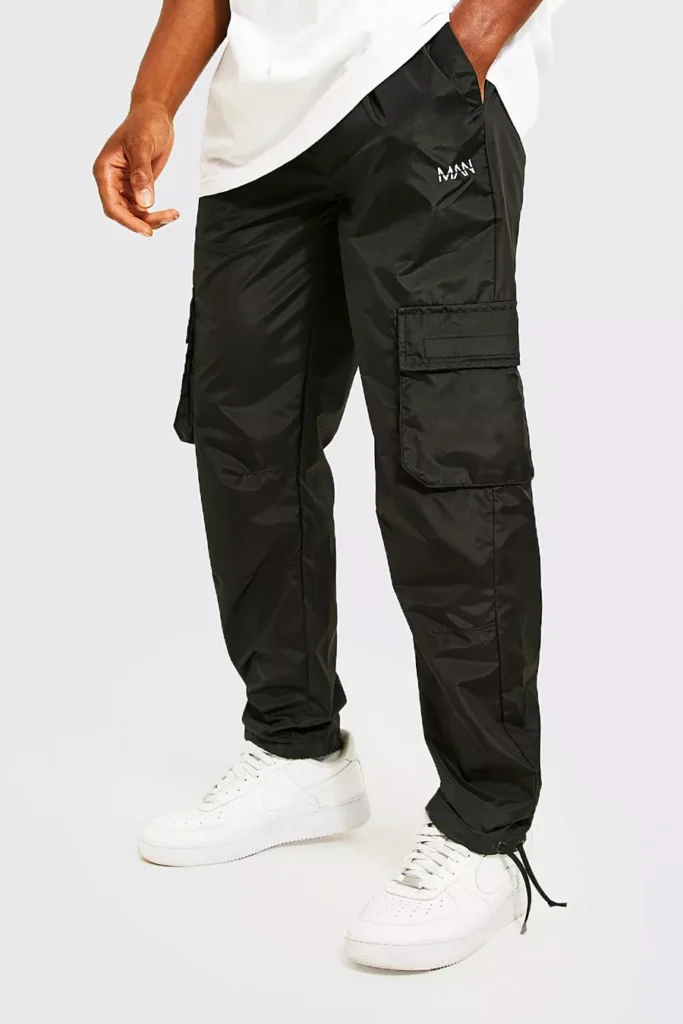



The comeback of cargo trousers have been embraced by celebrities, models and young people who value both comfort and versatility.
Cargo trousers are spotted in workplaces, campuses and social events paired with sneakers or heels depending on the occasion.
Check out some designs
By Linda Abrefi Wadie
Join our WhatsApp Channel now!
https://whatsapp.com/channel/0029VbBElzjInlqHhl1aTU27

 Profile6 days ago
Profile6 days agoAlbert Litela Obidiaba: The artist who wove Ghana’s soul into the King’s Baton

 News6 days ago
News6 days agoDaddy Lumba’s wife, children run to court to injunct December 6 funeral arrangements

 News1 week ago
News1 week agoPresident Mahama to meet Auditor-General, Chief Justice and Attorney-General over misuse of public funds






